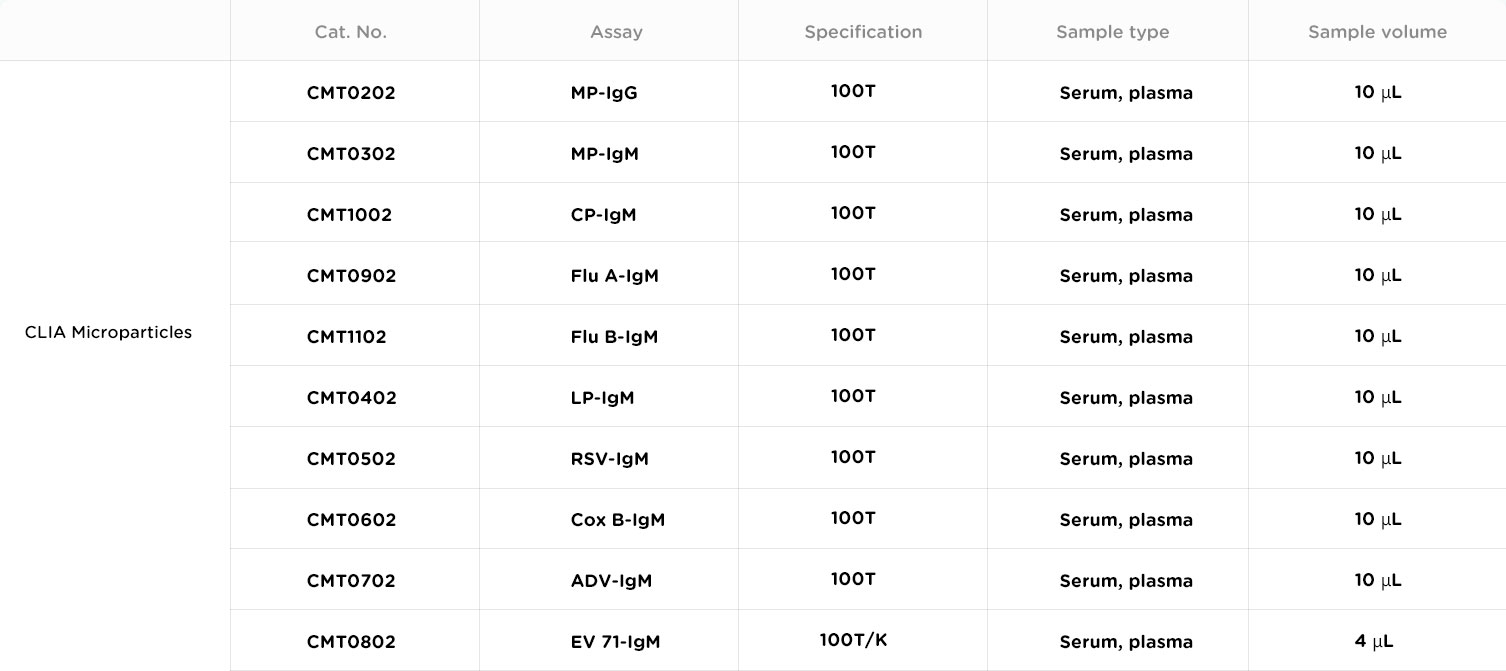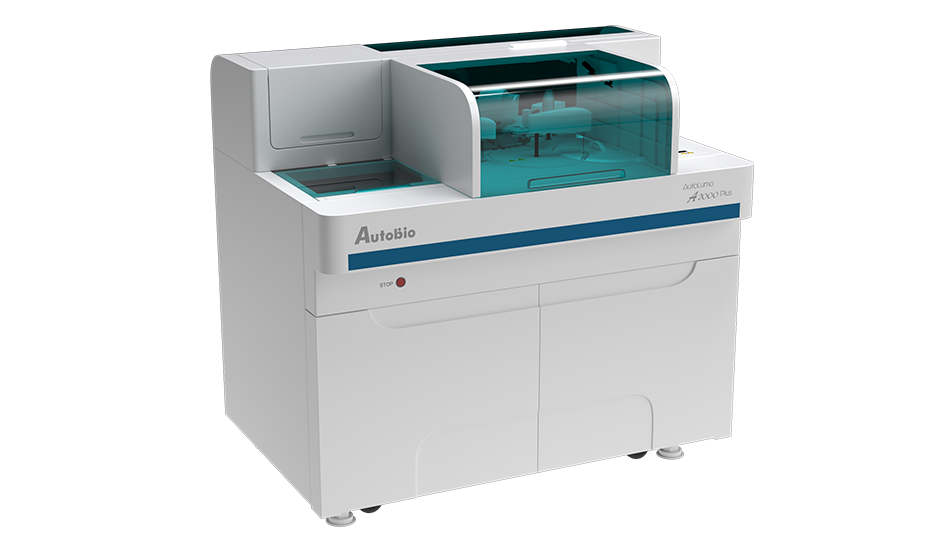

Respiratory tract infections (RTIs) are infections of parts of the body involved in breathing, such as the sinuses, throat, airways or lungs. Most RTIs get better without treatment, but sometimes you may need to see a doctor. Common colds are the most prevalent entity of all respiratory infections and are the leading cause of patient visits to the physician, as well as work and school absenteeism. Most colds are caused by viruses. Parainfluenza viruses, respiratory syncytial virus, adenoviruses and influenza viruses have all been linked to the common cold syndrome. All of these organisms show seasonal variations in incidence.

*Autobio is committed to improving the quality of products and services. The specifications and parameters of products are subject to the product manual.
40% of patients with community-acquired pneumonia (CAP) are caused by mycoplasma pneumonia, and the infection rate is 12-17%.
10% of CAP patients are caused by chlamydia pneumonia, and the infection rate is 1-5%.
LP is popular in summer and autumn, especially in the enclosed space with central air conditioning, with a infection rate of 2-5%.
ADV pneumonia mostly occurs in infants aged 7-24 months, with an infection rate of 15-20%.
RSV ranks the first in viral pneumonia in children and may lead to death.
Influenza A occurs every year, while influenza B occurs every 3-6 years. The number of infected people exceeds 20% of the total population.
Coxsackie B virus infection is mostly associated with respiratory tract infection, myocarditis, meningitis, hand-foot-mouth disease (HFMD) and other diseases.
Enterovirus mostly leads to HFMD, and often occurs in preschool children and can cause serious neurological and respiratory diseases.
[1] Xiangjun Zhang, Dianting Zhang, Hongjie Chen, Jun Wang, Ninggang Yang, Jun Zhang, Xinning Yu, Zhong Liang, Yuanming Han, Analyzing the diagnosis of hyperprolactinemia-induced male sexual dysfunction [J] China Medicine and Pharmacy, 2013,3(09):51-52+69.
[2] Macut D, Milutinović DV, Rašić-Marković A, Nestorov J, Bjekić-Macut J, Stanojlović O. A decade in female reproduction: an endocrine view of the past and into the future. Hormones (Athens). 2018 Dec;17(4):497-505.
Address: NO.87 Jingbei Yi Rd, National Eco&Tech Zone, Zhengzhou, China
Email: info@autobio-diagnostics.com Tel: +86-371-6200-7036
Autobio Copyright Reserved for ICP 18006568. All Rights Reserved.




